Kyle is third generation in the family printing press business that opened in 1955. His family bought a 35,000 square foot warehouse for production near the intersection of I-75 and I-275 in Cincinnati 40 years ago to expand operations. But when printing work started to dry up after 2000, Kyle and his family started looking for a way to save the family business.
Four years ago they landed on a new idea – create a makerspace. They turned half the warehouse into Manufactory – a 17,000 square foot shared space with wood, metal, textile and printing tools that are open to the public through gym membership-like fees for access.
This makerspace is just one sign that people are making physical products all over Cincinnati. Signs of it were apparent in many neighborhoods as we met with local producers during the “Making Space for Makers” workshop in Cincinnati in late February, hosted by Cincinnati Made through generous funding from the Haile US Bank Foundation.
From Brighton in the West End to Camp Washington and the Brewery District, small manufacturing businesses populate all different corners of the city. Some of these businesses are an outgrowth of projects from students who came to town for the University of Cincinnati’s Design, Architecture, Arts and Planning (DAAP) program and stayed for the low cost of living and the exciting redevelopment going on in Over-the-Rhine. Some of these businesses have been around for over 100 years, like Rookwood Pottery, an art deco ceramics producer, that might make you feel as though you’ve been transported back to the 1920’s.
But one thing was true across all the producers we met during our visit – they love what they make and they love doing it in Cincinnati.
The big questions in front of us for the visit were: What can we do to ensure space for maker industries in a city starting to see strong redevelopment in target neighborhoods, and how do you build a simple strategy to support this business sector and its expansion?
Honestly, the number of opportunities is almost endless right now.
For instance, the Rhinegeist Brewery opened two years ago in the Brewery District. They already expanded production four times and recently purchased a second building. They operate as a neighborhood community center (indoor whiffle ball was on the docket the day of our visit), and they are only about to begin distribution outside of Cincinnati. What happens when they go regional (let alone national)?
The city also has an explosive tech scene with support from the Brandery, Cintrifuse and local VCs. What happens when the tech sector syncs up with the local makers? Does Cincinnati become the center of the Internet of Things?
Maker industries benefit in many ways from being in Cincinnati. And the collaborative ethic of the community is a strong base for success. The challenge will be to knit these assets together in a way that support business and job growth. But one thing is clear - the future is bright for local production in Cincinnati.
Photo Credits: Matt Anthony, Executive Director, CincyMade

